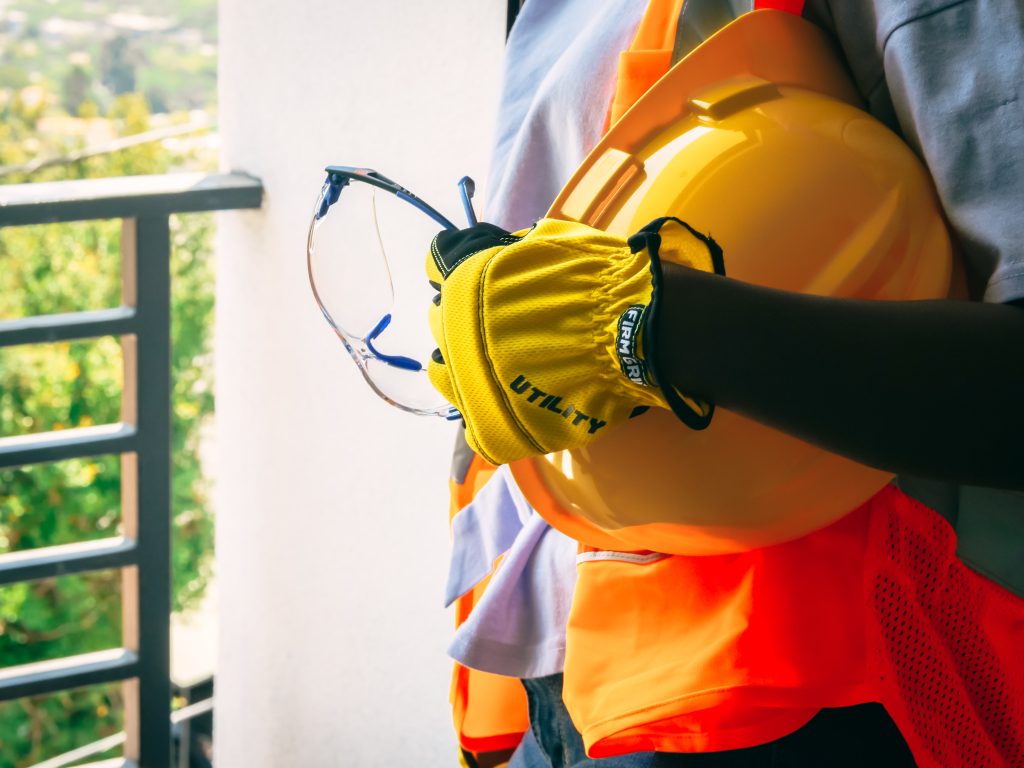How Many Types of Safety Equipment Are There? | Discover PPE 2023
Wondering! How Many Types of Safety Equipment Are There? Whether you work in construction, healthcare or any other field keeping employees and individuals safe is incredibly important. Personal Protective Equipment (PPE) plays a role in protecting against hazards and risks.. How many different types of safety equipment exist. What are their specific purposes? In this guide we will explore the types of safety equipment available their functions and provide answers to common questions regarding this essential gear.

Understanding Safety Equipment; An Overview
Types of Safety Equipment
Head Protection;
Head injuries can be severe and life threatening. Helmets and hard hats are vital for safeguarding against falling objects and head impacts.
Eye and Face Protection;
Safety goggles, face shields and protective glasses shield the eyes and face from debris, chemicals and other hazards.
Respiratory Protection;
Respirators, masks and filters are essential for preventing inhalation of substances such, as dust particles, fumes or gases.
Hearing Protection;
To safeguard against noise levels that can cause hearing damage people use earplugs and earmuffs.
PPE, for Specific Situations
How Many Types of Safety Equipment Are There?
Hand Protection;
Depending on the nature of the task gloves made from materials are chosen to protect against chemicals, heat or sharp objects.
Body Protection;
Coveralls, aprons and full body suits offer defense against chemical spills, radiation exposure and other hazardous substances.
Foot Protection;
In environments where foot injuriesre a risk, safety boots or shoes with reinforced toes and soles become crucial.
Fall Protection;
To prevent falls from heights—a common hazard in construction and maintenance—harnesses, lanyards and safety nets are utilized.
Heat and Fire Protection;
Protection against temperatures, flames and burns is ensured through gear like flame resistant clothing.
Electrical Protection;
Individuals working with electricity rely on insulating gloves and clothing as safeguards, against shocks.
Common PPE Types
High Temperature Protective Clothing;
This category encompasses gear designed to withstand heat scenarios encountered by firefighters or foundry workers.
Non Respiratory Personal Protective Equipment (PPE);
Equipment that does not involve protecting the system, such, as gloves, goggles and helmets.
Specifications for safety equipment PPE;
3 Point PPE;
Refers to the minimum requirements, for protecting the head, eyes/face and hands.
6 Point PPE;
Provides protection by including the head, eyes/face, hands, feet and body.
PPE Kits;
sets of gear specifically designed for different industries or tasks.
Selecting the Appropriate safety equipment PPE;
Choosing the right PPE is crucial to ensure safety in any given situation. Employers and individuals need to assess the hazards present and select PPE that provides protection. Failing to do can result in accidents, injuries or even fatalities.
Frequently Asked Questions about PPE;
What is the best type of PPE?
The choice of PPE depends on hazards involved. For instance when working with chemicals it’s important to use chemical gloves and goggles.
What are four examples of PPE?
examples of PPE include helmets, gloves, safety goggles/glassesThere are types of protective equipment (PPE) available to ensure safety in the workplace. These include head protection, eye and face protection, respiratory protection hearing protection and hand protection.
What are the five types of safety gear?
Safety gear commonly refers to a range of PPE items that individuals may use for their protection. Some examples of these include helmets, gloves, safety glasses, ear protection and high visibility vests.
Who conducts testing, on PPE?
PPE undergoes rigorous testing by bodies and organizations to ensure that it meets established safety standards. These tests verify its effectiveness in safeguarding against hazards.
In conclusion
Personal Protective Equipment (PPE) plays a role in ensuring safety and individual well being. It is important for both employees and employers to have an understanding of the kinds of PPE available and their specific purposes. By selecting the PPE for each task or situation we can reduce risks prevent accidents and prioritize the health and safety of workers.





Leave a comment